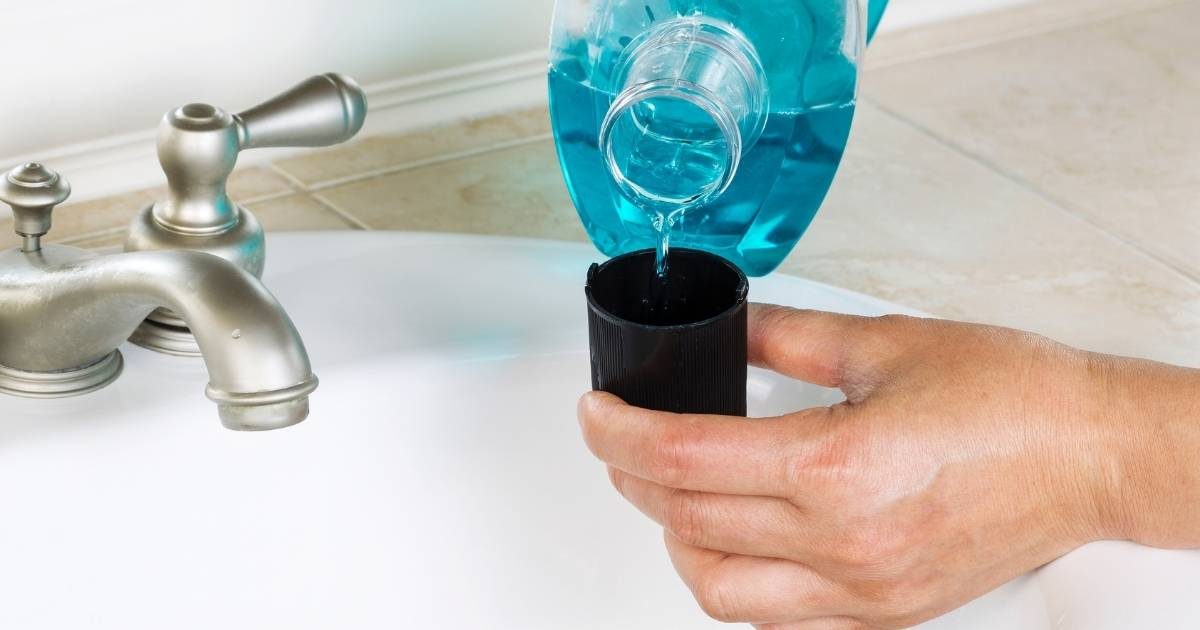Mouthwash has been used throughout the world for centuries, perhaps as long as man was able to rinse and spit. Hippocrates recommended rinsing with a mixture of salt, alum and vinegar. Others in roman times used mixtures of herbes such as thyme as antiseptics. Dentistry as a profession has always recommended rinsing with various formulations to help combat gum disease, caries and freshen breath. In the 1960’s Harald Loe introduced Cholohexidine to help combat dental plaque. Interestingly though, one of the most effective formulations of mouthwash in history incorporated something not so savory…urine.
Importing bottled urine of animals or other humans became so popular in ancient times that the emperor Nero taxed the trade. The ammonia in urine was thought to disinfect mouths and whiten teeth, and urine remained a popular mouthwash ingredient until the 18th century.
Now I can see the readers cringing, not believing that something like urine can be used to disinfect and whiten teeth. However it worked, it was effective, it was the best that was available. Modern mouthwashes did not appear until much later on.
As a student of history it is important to see and learn from the past. So why do I care about urine mouthwash?
Various materials have been used to replace teeth in the past with several materials trying to interface with bone and replace the root of a tooth, from chromium, to steel, coral, titanium and more recently zirconia. Titanium in the 1950’s was proven to fuse or osseointegrate with bone and maintain the fixation and support teeth. This worked really well, has been relatively well tolerated and has great outcomes.
But just like Listerine replaced urine, today we have ceramic implants replacing titanium implants and offering outcomes that are better, workflows that are simpler and reduction in peri-implant disease. Ceramic implant dentistry is the natural evolution of dental implantology, titanium still has some limited application but for the most part in rehabilitating the partially edentulous is far more appropriate with ceramic implants today.
To learn more about the history and application of ceramic dental implants check out my Ceramic Implant Dentistry Masterclass.


